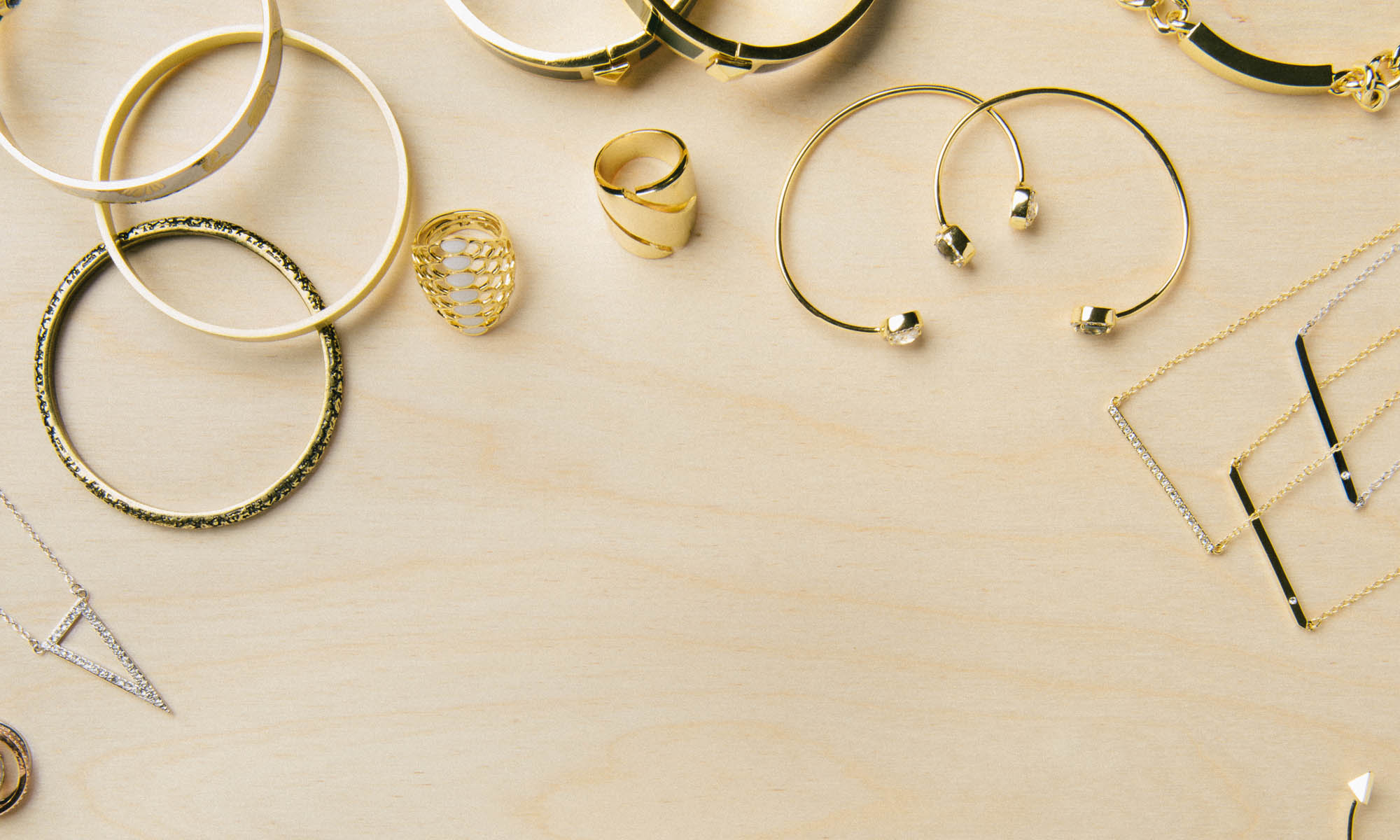As fashion jewelry makers, we are often asked about the quality of the materials we use. One of the most common questions is: which rings don’t rust?
Unlike noble metals like gold, most base metals may oxidize and corrode quite easily. The good news is that thanks to the advances in technology, several types of base metals can now last longer.
Let’s recap the metals that are most commonly used in the fashion jewelry industry, paying particular attention to their rust-resistant properties.
Do Copper Rings Rust?
Because of its reddish glow, copper has always been the first choice when it comes to artisan jewelry. Its properties make it a practical option, as well as a popular pick, for Native American jewelry. The benefits of copper include:
- It is extremely easy to work with — the reason why, according to the Royal Society of Chemists, it was chosen millennia ago to create the first decorative items.
- It is more affordable than gold and silver; however, it is still more expensive than alloys such as brass and bronze.
A few downsides should also be mentioned. Copper oxidizes over time, a process that results in a darkened color. It can also leave green marks on the skin, something that some people find unappealing (even though it isn’t a form of allergy).
Do Brass Rings Rust?
Costume jewelry enthusiasts are attracted by brass’s gorgeous gold-like color and affordable price. Brass is created by combining copper and zinc in different proportions. Different amounts of these two metals result in different properties and, according to the Copper Development Association, different colors (from golden yellow to red).
There are a few reasons that make brass a great metal for jewelry:
- It is ideal for creating jewelry from molds (casting), the most common technique to produce costume pieces.
- It is a strong material, a characteristic that gives durability to costume jewelry products.
- It does not contain precious metals, making it an affordable solution.
In general, brass may corrode and tarnish if not protected with finishes. It may also turn green over time depending on the copper content. To avoid this issue, a thin layer of clear lacquer is usually applied to brass items.
There are a few important safety considerations to keep in mind. Although most brass jewelry produced nowadays does not contain lead — which is toxic — lead might still be found in some vintage items. Nickel and aluminum may also be present, a reason to avoid it if you have metal allergies.
Do Silver Rings Rust?

Silver is a beautiful white metal and a budget-friendly alternative to white gold or platinum with malleability as one of its major traits. However, because it is so soft, you often will not find pure silver jewelry on the market. Sterling silver is an alloy of silver contains up to 7.5% of other metals, is the most widely available. Because it is 92.5% silver, sterling silver is often referred to as 925 sterling silver. Over time, air exposure will make 925 sterling silver tarnish. However, this tarnish can easily be polished away by hand or through over the counter silver cleaning solutions.
Silver-plated and silver-filled pieces — which feature a layer of silver on the surface — are also popular. In silver-plated items, this layer is very thin and extremely easy to damage. Silver-filled items are more durable thanks to a thicker layer of silver.
Do Gold Rings Rust?
Versatility is what makes gold one of the most lovely metals among those used in jewelry. According to the American Museum of Natural History, its beauty has enchanted jewelry makers for ages, for several reasons:
- Its malleability allows artists to create an almost endless amount of intricate designs.
- It is available in several different tones, from the classic warm yellow to white or even rose.
- It is one of the most precious — and thus expensive — metals in the world.
- Except for some alloys — which can bother people with metal allergies — it is completely hypoallergenic.
- Pure gold never reacts with oxygen, meaning that it will not rust or tarnish.
Most jewelry, however, isn’t created from solid gold. The main reason is that it would be too soft to work with. That is why gold comes in different karats or purities depending on the properties required.
As a result of its high price, gold-filled or gold-plated pieces are also common. Similar to silver, the layer of gold in gold-filled items is much thicker than that of gold-plated ones.
Do Stainless Steel Rings Rust?

Stainless steel has become a commonly used metal for fashion jewelry as it offers an affordable choice for wearers who love silver-toned jewelry. According to the British Stainless Steel Association, stainless steel is an alloy of iron with a minimum of 10.5% of chromium, plus other materials such as carbon, silicon, and nickel.
People have started buying stainless steel jewelry because:
- It does not stain, corrode, or rust.
- Jewelry grade stainless steel such as TK316 is hypoallergenic.
- It is easy to clean and durable.
- Compared to precious metals, stainless steel is inexpensive so that you can wear it every day without worrying about losing it.
Which rings don’t rust?
Each material has its pros and cons. In general, the most rust and tarnish resistant rings are ones made of precious metals such as gold and platinum. The one exception is the rust-resistant but still affordable is stainless steel ring. When shopping for stainless steel jewelry, be sure to consider Tusk 316 surgical stainless steel which is specifically formulated to look brighter and less dull compared to other industrial stainless steel formulations. Click here to see our TK316 stainless steel rings.

